- After a year and a half of delays, Chevy is finally unleashing the 615-horsepower Blazer EV SS.
- It's the first EV with the SS badge, and the most powerful SS vehicle ever.
- Here's what it's like, on- and off-track.
2025 Chevy Blazer EV SS First Drive: The Only EV You'll Ever Need?
Blazing indeed
It's been nearly three years since Chevrolet gave us our first glimpse of the Blazer EV, a midsize electric SUV that would spawn a high-performance SS variant by the end of 2023. But the holiday season came and went without a shiny new Blazer EV SS parked next to the Festivus pole, and ditto for 2024's snowfall. We, um, may have had something to do with its delay. But the SS is finally hitting dealer lots now, and to make up for the holdup, Chevy increased the output and lowered the price compared to what it quoted in that initial announcement. So is the new, most powerful SS ever worth the wait, or is it just a midtier Blazer EV RS with a little extra horsepower? We drove it on- and off-track in Charlotte, North Carolina, to find out.
What makes an SS?
The SS (or Super Sport) badge has graced 15 vehicles in the U.S. since the early 1960s, with 4 million units sold. It usually denotes the most performance-oriented version of a model available; though the formula isn't always the same, you often get handling upgrades and a more potent engine.
The same is broadly true of the Blazer EV SS. Enhancements include larger wheels with available summer performance tires, Brembo front brakes and a sport-tuned suspension. It also comes standard with a host of features that are optional on other trim levels, and it's the only all-wheel-drive model with a 190-kW charging capacity. (All other trims except the rear-drive RS have a 150-kW limit.)
But the true transformation is in the increased power. Like the all-wheel-drive RS, the SS employs dual electric motors — one at each axle — to put the power down. The front drive motor is the same between both vehicles; it's the rear that's different. In the RS AWD, it puts out 89 lb-ft of twist, while the SS maxes out at a lofty 391 lb-ft. Between the two motors, the RS AWD produces 300 hp and 355 lb-ft of torque. The SS is significantly more powerful, with 515 hp and 450 lb-ft in Normal driving. Choose the Wide Open Watts (or WOW) launch control mode, and you'll briefly increase output to 615 hp and 650 lb-ft of torque. To Chevy's credit, that's more than the originally announced 557 hp and 648 lb-ft. Chevy also initially claimed the Blazer EV SS would accelerate from 0 to 60 mph in "less than 4 seconds" — that has since been revised to a cracking 3.4 seconds.
Quick and stable
I began my time behind the wheel of Blazer EV SS at the newly opened Ten Tenths Motor Club, part of the Charlotte Motor Speedway complex. Though I was limited to about 15 minutes on the track, the closed circuit allowed for driving experiences that would be illegal or dangerous on public roads.
I started with a launch using the WOW mode, and all I can say is ... yipee! Zowie! Hot dog! I didn't have any sort of official timing for the acceleration runs, but I didn't doubt Chevy's claim of 0-60 mph in 3.4 seconds. This is a heavy car (it tips the scales at 5,730 pounds, according to Chevy — about 50 pounds more than the last Mercedes-Benz G-wagen we tested), but the instant unleashing of 650 lb-ft of torque rockets this electric hot rod to extralegal speeds in no time. As with other high-output EV family cars, make sure to give your passengers fair warning before you punch the throttle.
Thankfully, the Blazer EV SS isn't merely a straight-line champ. The changes to the suspension are evident on this twisty track. It feels stable in turns, with tightly controlled body roll — a good thing since the SS features the same front seats with minimal bolstering as other Blazer EVs. But this thing isn't intended to be a track monster. With this much mass and summer tires that start squealing at modest speeds, the Blazer doesn't egg you on to push it to its limits. But it still feels heckishly quick on public streets, as I found when I piloted it on the narrow country roads northeast of Charlotte.
A little bit of everything
Roughly a minute after leaving the Editions Coffee and Bookstore in charming Kannapolis, it's clear that these roads don't play to the Blazer EV's strengths. The car is wide enough that even as I ride the yellow dividing line, the right wheels are kissing the shoulder. The numerous high-speed sweepers keep me on my toes, as do the many blind crests. People out here drive trucks — big ones — and I keep my speed brisk but within my ability to come to a sudden stop and pull over if a dually suddenly appears over the hill. Mercifully, I don't have many of these white-knuckled run-ins, and I can enjoy the car as it's meant to be driven.
The undulating pavement is an excellent test for the SS' unique suspension tuning, and, because I'm driving at lower speeds than the closed track, the body stays practically flat and there's no tire squeal. (My road car is even equipped with all-seasons, as opposed to the track car's grippier summer rubber.) There's no floatiness, either, as the suspension compresses and unloads over the crests. The ride is also surprisingly comfortable despite the car riding on massive 22-inch wheels.
Another high point: The capability and performance of the range-topping SS don't come at the expense of range. The SS is one of two trims — the other being the rear-wheel-drive RS — that comes with a large 102-kWh battery pack (other models have 85 kWh of capacity). Thanks to the larger pack, the SS has the second-highest range estimate in the Blazer EV family, at 303 miles. Stuffing a bigger pack to add more range isn't an elegant strategy, but the results speak for themselves. A rival like the 641-hp Hyundai Ioniq 5 N uses the same 84-kWh battery pack as other Ioniq 5 variants, and it can only travel 221 miles before running out of electrons, per the EPA.
Is this the one you should get?
As of this writing, the 2025 Chevy Blazer EV SS starts at $62,095, including a $1,495 destination charge. That's about $8,000 more than the RS AWD, but the price differential shrinks once you start optioning the RS to match the SS. Remember, the SS comes standard with a handful of packages and features that are optional on other models. An apples-to-apples comparison between the SS and a similarly equipped RS is only about $3,000, or $3,500-ish if you opt for the Performance package with summer tires. If you're looking at a mostly loaded RS AWD, it's a no-brainer to pay a little extra for the rowdy SS. As for the choice between Blazer EV SS and Ioniq 5 N, that might have to wait for a more in-depth comparison — or a showdown on our U-Drags strip.
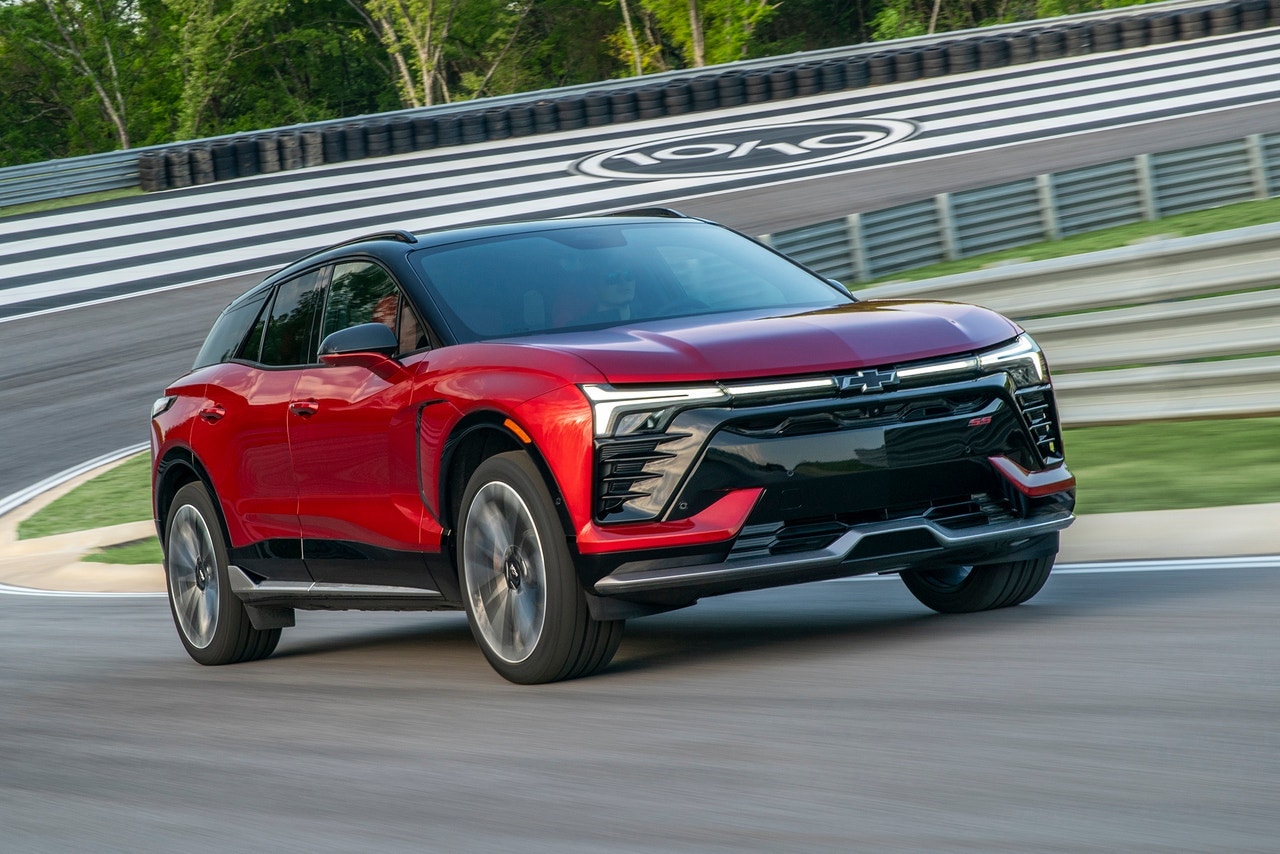
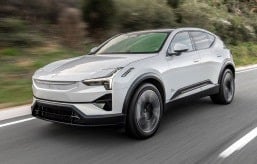
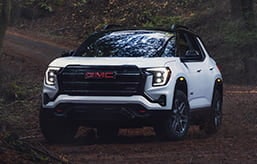

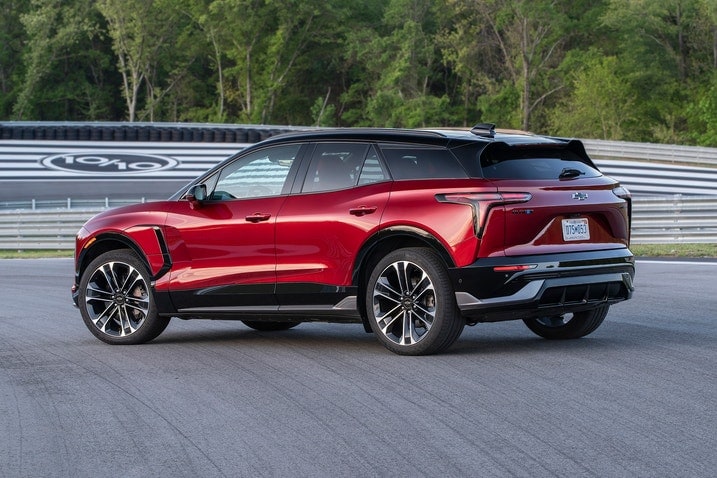
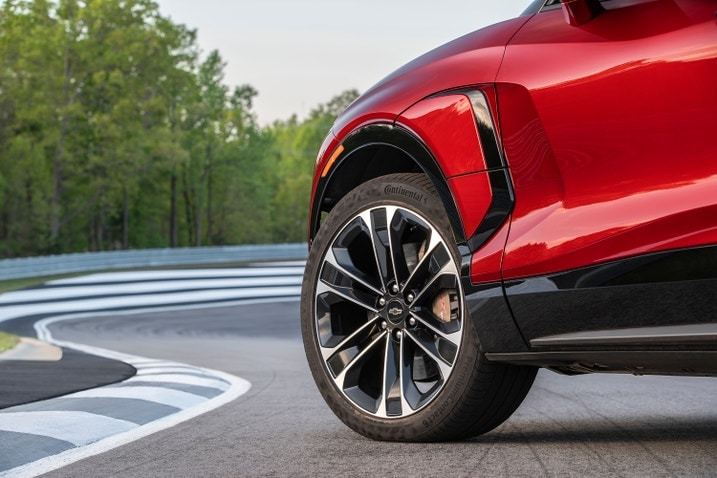

 by
by  edited by
edited by